Here’s What Your Dog’s Poop Is Trying to Tell You About Their Health
Nobody looks forward to scooping poop, but your dog’s daily deposit holds more information than you might think. That humble pile in the grass holds clues about digestion, diet, hydration, and even organ function. These signs in your dog’s stool are messages worth reading. Here’s what to watch for and what it could mean.
Green Can Mean Grass… or Something More

Credit: pexels
Sometimes dogs chomp on grass just for fun or to settle their stomachs, and that can turn things green on the way out. But if your dog hasn’t touched the lawn and their poop still looks like it came from a salad bar, it might point to gallbladder issues or intestinal parasites.
Too Black Might Signal Internal Bleeding
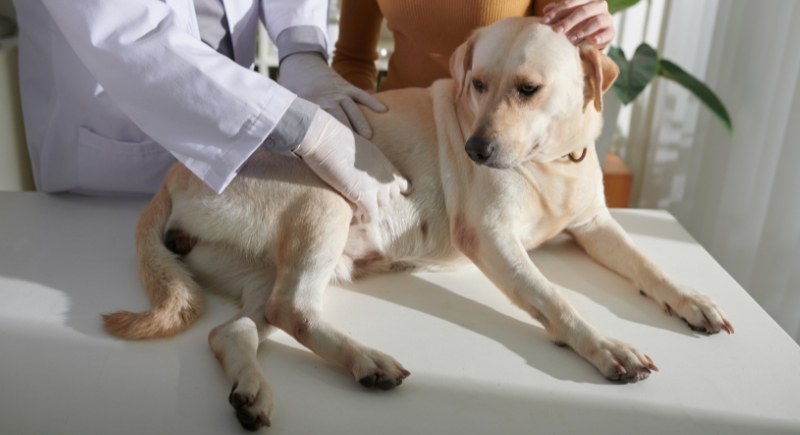
Credit: Dragon Images
When poop turns black and tarry, it could indicate digested blood from the upper digestive tract. This kind of stool—called melena—may suggest bleeding in the stomach or small intestine. It’s not something to wait out. Your vet can check for ulcers, clotting issues, or other causes that need medical attention fast.
Yellow Poop Isn’t a Sunny Sign
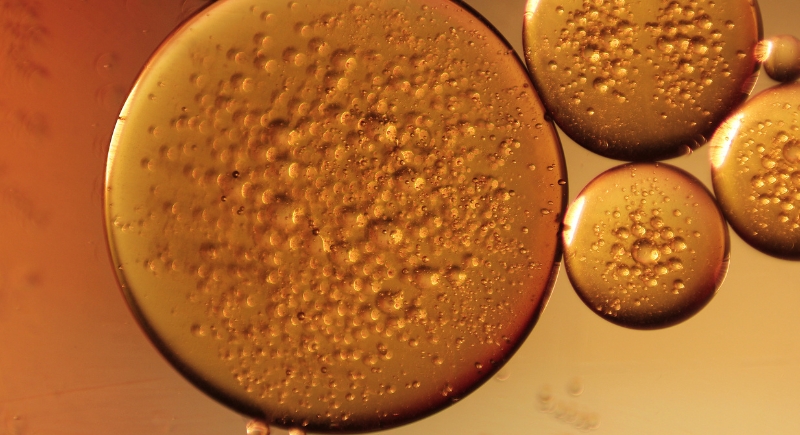
Credit: Getty Images
Bright yellow or mustard-colored stool is rarely normal. If your dog’s poop looks oily or has a sour smell alongside the yellow tone, it could be linked to fat malabsorption. Dogs with exocrine pancreatic insufficiency (EPI) often show these symptoms and need enzyme supplements.
Hard, Pebble-Like Stools May Mean Dehydration
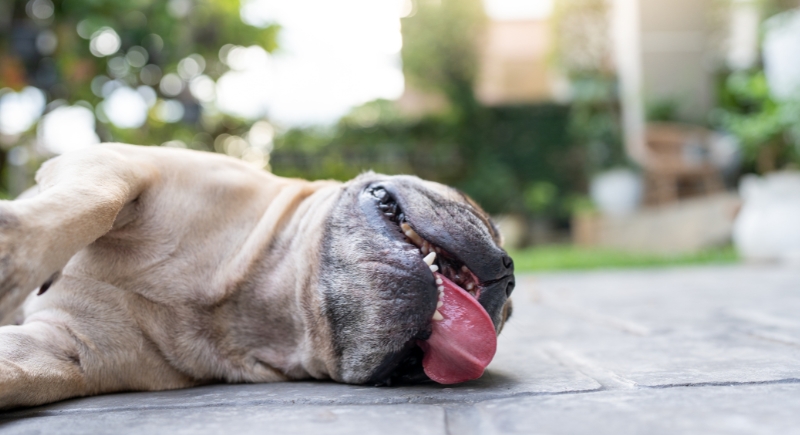
Credit: Getty Images
Hard, pebble-like stools usually mean your dog isn’t getting enough water. Low fiber in their diet can also cause this. Constipation is uncomfortable and can get worse if left alone. Offer plenty of fresh water and try adding fiber-rich veggies or wetter food to their meals.
Runny or Watery Poop Can Be a Red Flag
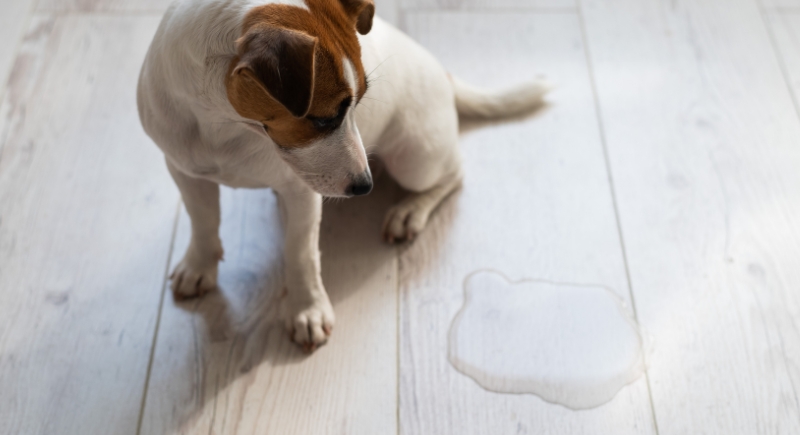
Credit: Canva
We’ve all seen a surprise puddle instead of a tidy pile. Diarrhea in dogs can happen from a sudden diet change, stress, or more serious causes like infections or parasites. If it sticks around longer or includes blood or mucus, it’s vet time. Long-term diarrhea can quickly lead to dehydration.
Mucus Isn’t Always a Problem
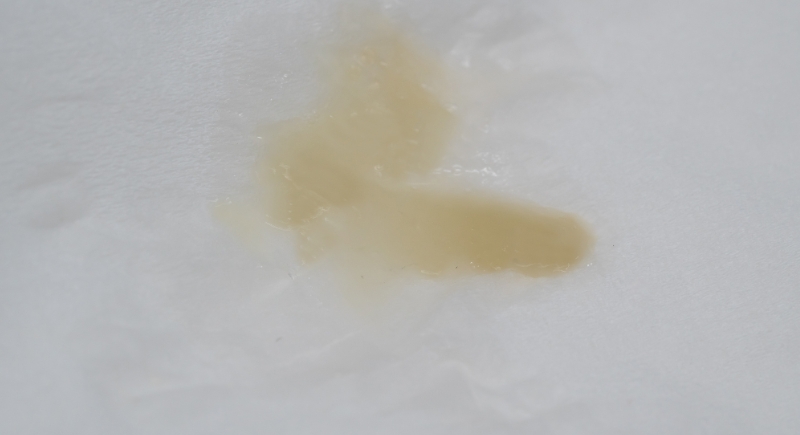
Credit: Getty Images
The intestines naturally produce mucus to help things move along. However, if it starts showing up a lot, especially with loose stools or other symptoms, it could mean inflammation in the colon. Colitis, for example, often shows up this way.
Red Streaks Suggest Bleeding Lower Down
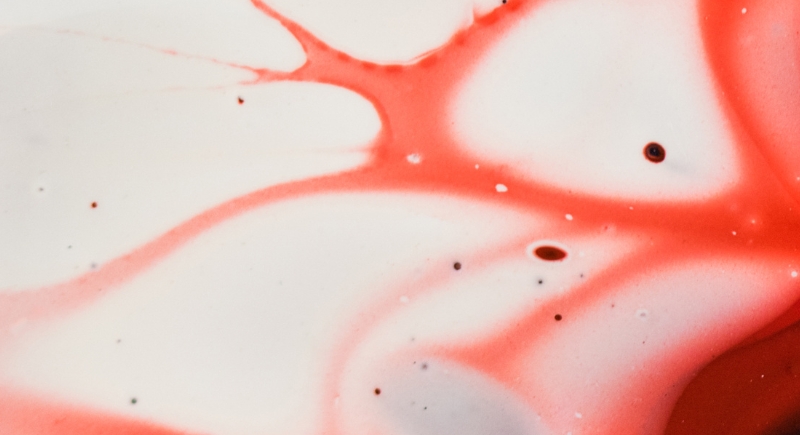
Credit: Getty Images
Bright red streaks in stool usually come from the lower digestive tract. This might mean hemorrhoids, colitis, or a tear near the rectum. It’s a different issue than black poop, which signals upper GI bleeding. Don’t ignore fresh blood in your dog’s stool, even if they seem fine otherwise.
White Specks Might Be Worms
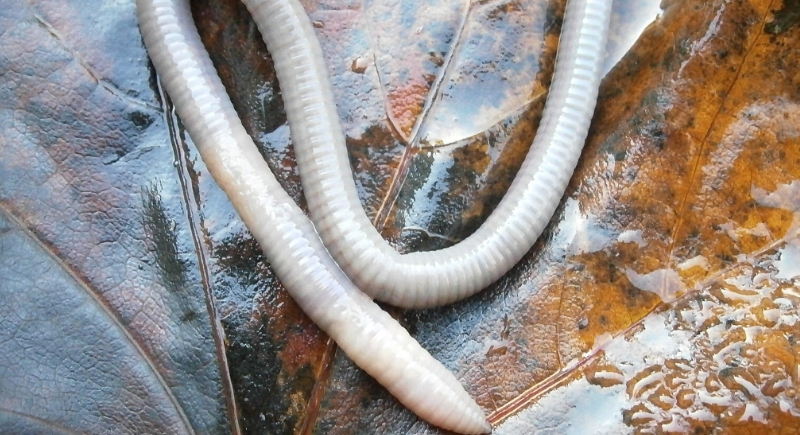
Credit: pixabay
If you notice tiny white specks resembling grains of rice in your dog’s stool, they’re likely tapeworm segments, not leftover kibble. These parasites often come from fleas. Deworming medication usually clears the infection, and your vet might recommend flea control to prevent reinfestation.
Greasy, Gray Poop Can Point to Pancreas Trouble
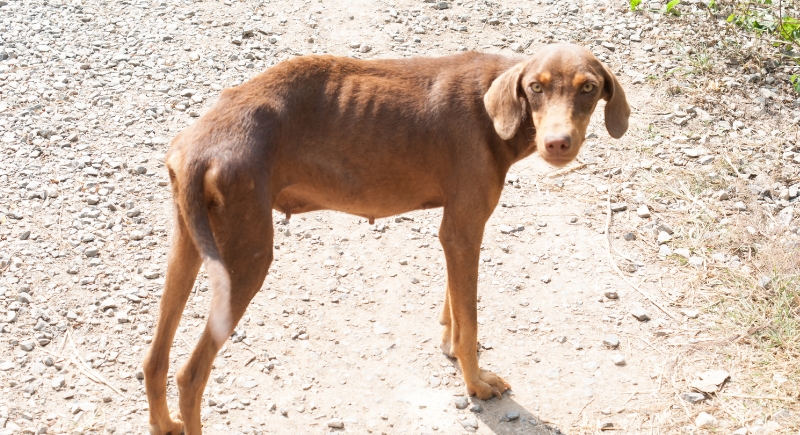
Credit: Getty Images
When a dog’s stool appears pale, greasy, or clay-colored, it often signals trouble digesting fats. This can be caused by exocrine pancreatic insufficiency or other pancreatic problems. These conditions prevent proper nutrient absorption, which may lead to weight loss despite a good appetite.
Too Much Poop Could Mean Poor Nutrition
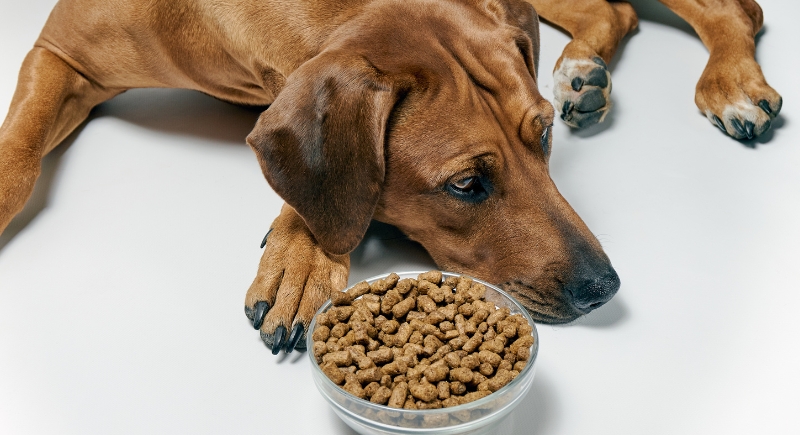
Credit: Getty Images
You wouldn’t think size matters here, but it does. Dogs on low-quality diets often produce more waste because their bodies aren’t absorbing nutrients efficiently. A sudden increase in poop volume might mean their food isn’t being fully used. Smaller, firmer poops are usually a sign of better nutrition and better digestion.
Undigested Food Might Mean Absorption Issues
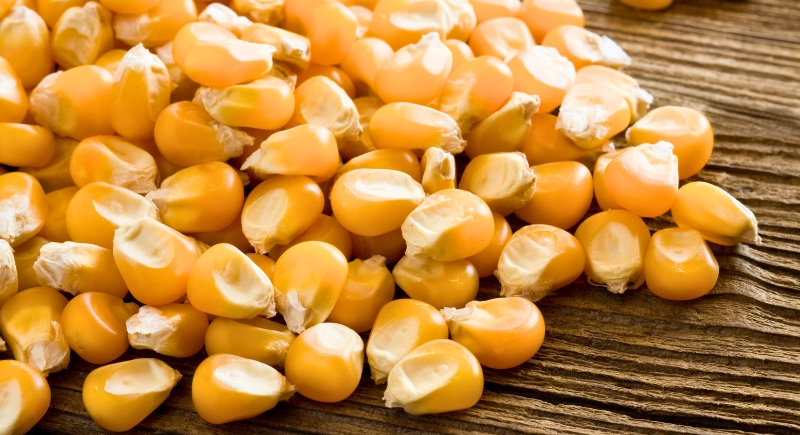
Credit: Getty Images
Spotting bits of corn, rice, or other leftovers in the poop isn’t always a mystery. It’s your dog’s digestive system saying it didn’t finish the job. This could be due to a too-quick transit time, enzyme issues, or food that just doesn’t agree with them.
Frequency Changes Can Be a Clue

Credit: pexels
Dogs are usually on a schedule: one to three poops a day. But if your dog suddenly becomes a one-poop-a-week wonder or starts dropping five loads a day, something might be off. Stress, illness, and diet changes can mess with routine. Frequent pooping with urgency could also point to inflammation or infection.
Eating Grass Might Backfire Later
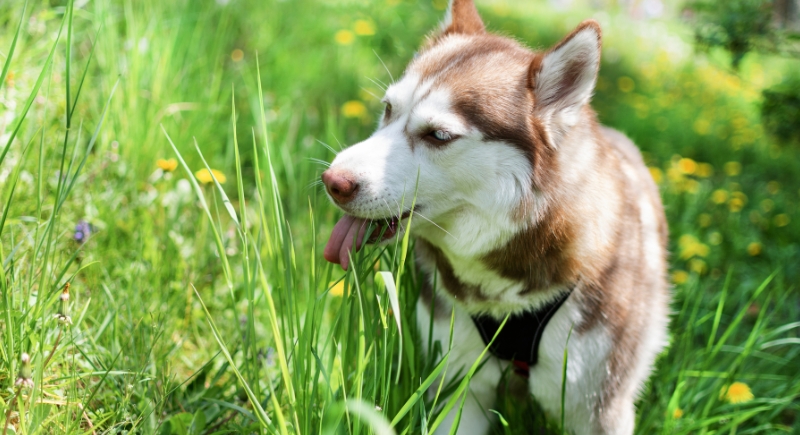
Credit: Canva
Many dogs nibble grass now and then, often to make themselves vomit. But too much grass can show up undigested in their poop or contribute to green stool. Occasionally, it might even cause blockages if consumed in clumps.
Straining With No Results Needs Attention
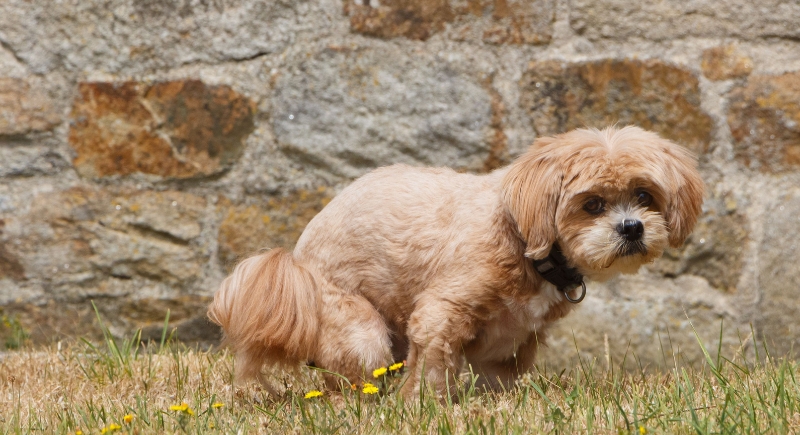
Credit: Getty Images
It’s easy to miss at first, but if your dog keeps squatting without anything happening, don’t shrug it off. Constipation is uncomfortable and can escalate into something worse, like a bowel obstruction. Add in any signs of distress – lethargy, vomiting, and whining – and it quickly becomes a vet-worthy concern.
Firm, Chocolate-Brown Is the Gold Standard
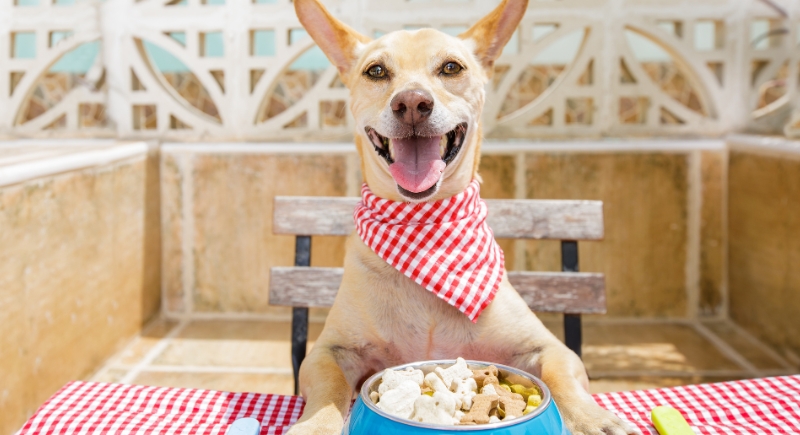
Credit: Getty Images
A healthy dog’s poop should be well-formed, firm but soft, and uniformly chocolate brown. That color comes from the bile processed during digestion. Any drastic departure from this standard—especially lasting changes—deserves a closer look. One messy day can happen, but consistency in color and shape usually means things are working well inside.